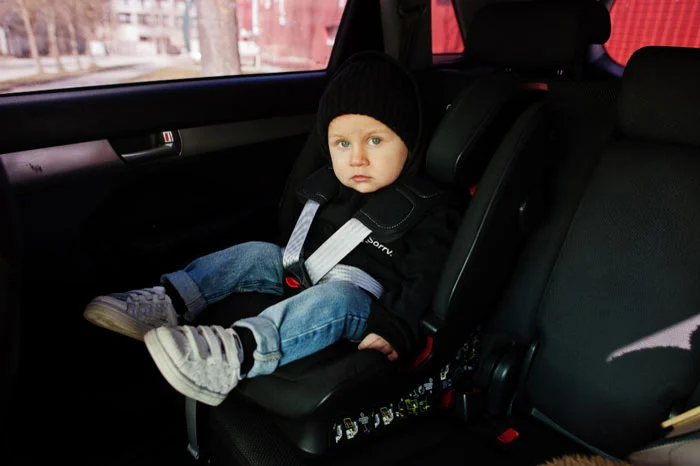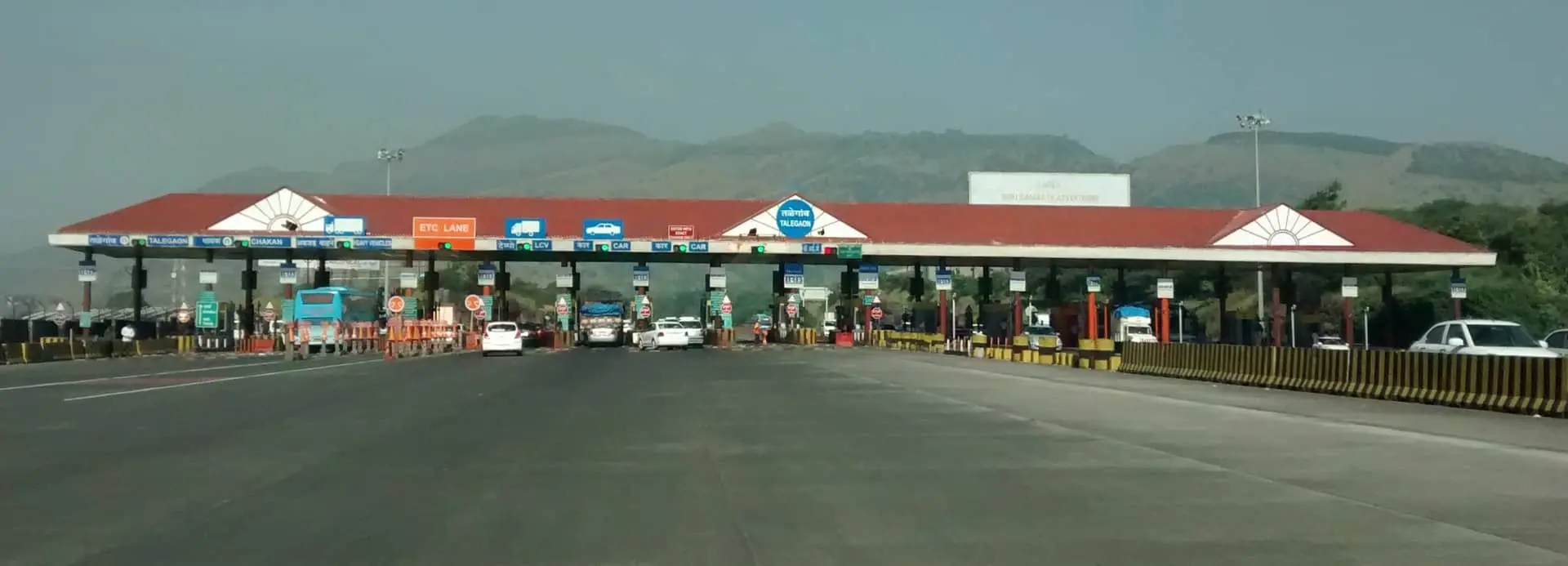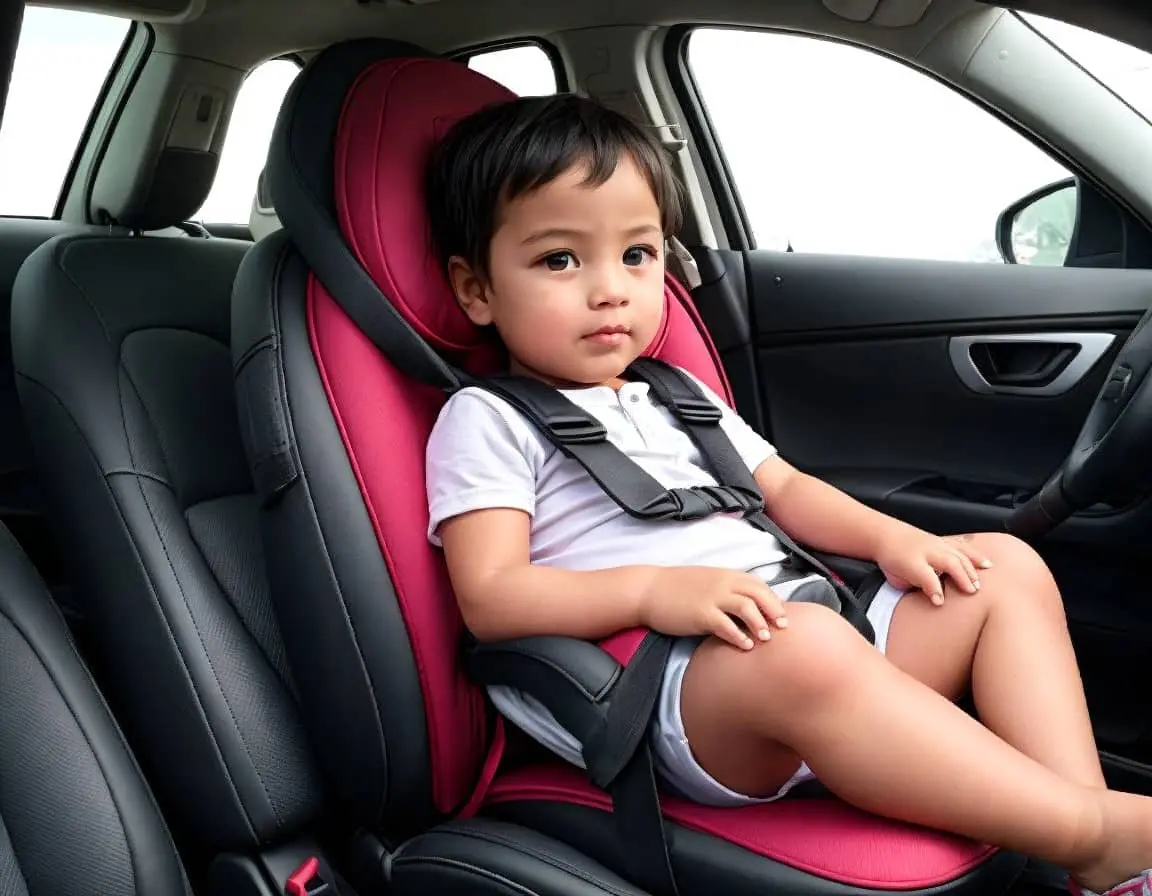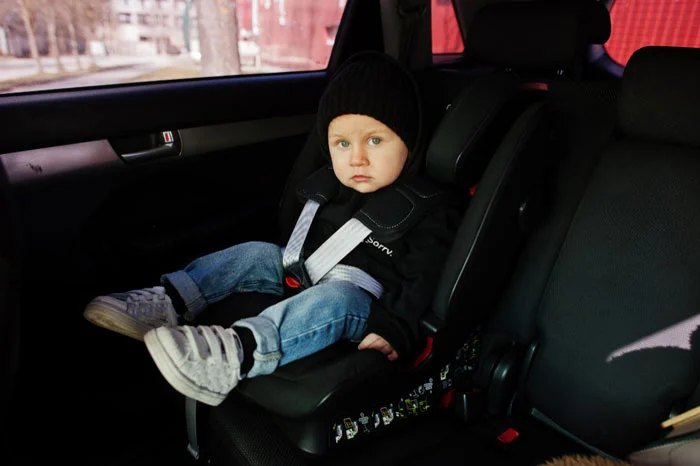Child Seat Rules in Ireland: A Comprehensive Guide

Ensuring the safety of children while traveling in vehicles is a paramount concern for parents and guardians. In Ireland, stringent regulations govern the use of child seats to protect young passengers and minimize the risk of injury in the event of a collision. Understanding these rules is crucial for every driver and caregiver responsible for transporting children. This comprehensive guide will delve into the child seat laws in Ireland, the types of child restraint systems available, and tips for ensuring the utmost safety of young passengers.
Legal Requirements
Ireland’s road safety regulations mandate that all children under 150 cm (approximately 4 ft 11 in) in height or weighing less than 36 kg (79 lbs) must use an appropriate child restraint system (CRS) suitable for their height and weight. These regulations apply to all vehicles, including cars, vans, and trucks, with the exception of taxis. The rules ensure that children are adequately protected during every journey, whether short or long.
Types of Child Restraint Systems
Choosing the right child restraint system is vital for ensuring the safety of young passengers. The types of child seats available are categorized based on the age, weight, and height of the child.
1. Rear-Facing Infant Seats
For: Newborns and infants up to 15 months old. Why: Rear-facing seats offer better support for a baby’s head, neck, and spine in the event of a collision. Usage: These seats should always be installed in the back seat of the car, never in the front seat with an active airbag.
2. Forward-Facing Child Seats
For: Children aged 15 months to 4 years or weighing between 9-18 kg (20-40 lbs). Why: Forward-facing seats are designed to protect toddlers with harnesses that distribute crash forces over the strongest parts of their bodies. Usage: Ensure that the seat is securely fastened and that the harness fits snugly against the child’s body.
3. Booster Seats
For: Children aged 4 to 12 years or weighing between 15-36 kg (33-79 lbs). Why: Booster seats raise the child so that the seatbelt fits properly over their shoulder and lap, rather than the neck and stomach. Usage: These seats can be backless or high-backed, depending on the child’s preference and comfort.
Suggested Read- Keeping Your Kids Safe On The Road: A Guide To Child Seat Rules In New Zealand
Holding a child in your lap: It is illegal and dangerous to hold a child in your lap while traveling.
Proper Installation and Use
Ensuring that child restraint systems are correctly installed and used is essential for their effectiveness. Here are some key points to consider:
Reading the Manuals
Always refer to both the car seat manual and the vehicle owner’s manual for installation instructions. Different seats and vehicles may have specific requirements.
Checking for Tightness
Once installed, the car seat should not move more than an inch side-to-side or front-to-back. Use the vehicle’s seatbelt or the ISOFIX system to secure the seat firmly.
Positioning
The safest place for a child seat is in the back seat of the vehicle. Never place a rear-facing seat in front of an active airbag. Forward-facing seats should also be in the back, ideally in the middle seat if possible.
Harness Fit
The harness straps should be snug and positioned at or just below the child’s shoulders for rear-facing seats and at or above the shoulders for forward-facing seats. The chest clip should be at armpit level.
Safety Tips for Parents and Guardians
Regular Checks
Regularly inspect the car seat to ensure it is still securely installed and that the harness fits correctly. Adjust the harness as your child grows.
Avoid Distractions
Never leave a child unattended in a vehicle, even for a short period. Ensure the child is always buckled up properly before starting the car.
Educate Children
Teach children the importance of wearing their seatbelt and sitting correctly in their car seat. Instill good habits early to ensure their safety.
Suggested Read- Buckle Up for Safety: A Guide to Child Seat Rules in Spain
Seek Professional Help
If you are unsure about the installation or have any questions about the car seat, seek assistance from a certified child passenger safety technician. Many fire stations and police departments offer free car seat inspection services.
The Impact of Proper Child Seat Use
Proper use of child seats can significantly reduce the risk of injury or death in the event of a crash. Studies have shown that correctly installed and used child restraint systems can reduce the risk of fatal injury by up to 71% for infants and 54% for toddlers. This highlights the importance of adhering to child seat regulations and ensuring that every journey is a safe one for young passengers.
Common Misconceptions
Despite the clear benefits, there are several misconceptions about child seat use that need to be addressed:
1. “I Don’t Need a Car Seat for Short Trips.”
Accidents can happen at any time, even during short trips. Always use a car seat, regardless of the distance.
2. “My Child is Too Big for a Car Seat.”
Children should use a car seat or booster seat until they reach 150 cm in height or weigh 36 kg. Transitioning to an adult seatbelt too early can increase the risk of injury.
3. “I Can Use Any Seatbelt with a Booster Seat.”
Booster seats are designed to work with the vehicle’s seatbelt system. Ensure that the seatbelt fits properly over the child’s shoulder and lap.
Suggested Read- Child Seat Rules in Germany: Ensuring Safety for Young Passengers
The Future of Child Seat Regulations
As technology and research advance, child seat regulations continue to evolve. Ireland is committed to enhancing road safety through stringent laws and public awareness campaigns. Future regulations may include more stringent testing for child restraint systems and increased emphasis on education and enforcement.
Conclusion
Child seat rules in Ireland are designed to protect the youngest and most vulnerable passengers on the road. By understanding and adhering to these regulations, parents and guardians can ensure the safety and well-being of their children. Proper installation, regular checks, and educating children about car safety are key components of a safe travel routine. As advancements in safety technology continue, staying informed and compliant with child seat laws will remain essential for every journey.
Ensuring the safety of children while traveling is not just a legal obligation but a moral one. By taking the necessary precautions and following the guidelines, we can create a safer travel environment for our children and give them the protection they deserve.








